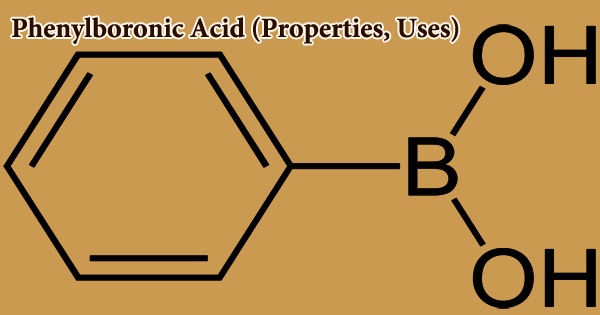Slush hydrogen is a type of hydrogen that is cooled down to very low temperatures, typically below its boiling point of -252.8°C (-423°F), which causes it to solidify into a slushy mixture of solid and liquid hydrogen. It is a triple point mixture of liquid and solid hydrogen with a lower temperature and higher density than liquid hydrogen. It is commonly formed by repeatedly freezing and thawing.
This is most easily accomplished by heating liquid hydrogen to near-boiling temperatures and then lowering pressure with a vacuum pump. The decrease in pressure causes the liquid hydrogen to vaporize/boil, removing latent heat and eventually lowering the temperature of the liquid hydrogen.
Slush hydrogen is a mixture of solid and liquid hydrogen. It is created by cooling liquid hydrogen to very low temperatures, typically below its freezing point of 14.01 Kelvin (-259.14 degrees Celsius or -434.45 degrees Fahrenheit), which causes it to solidify. The resulting mixture of solid and liquid hydrogen is called slush hydrogen.
As the boiling liquid cools and reaches its triple point, solid hydrogen forms on its surface (between the gas/liquid interface). When the vacuum pump is turned off, the pressure rises, and the solid hydrogen on the surface partially melts and sinks. The liquid is agitated by the solid hydrogen, and the process is repeated. When compared to liquid hydrogen, the resulting hydrogen slush has a density increase of 16-20%. It is proposed as a rocket fuel replacement for liquid hydrogen in order to use smaller fuel tanks and thus reduce the vehicle’s dry weight.
Production
The continuous freeze technique used for slush hydrogen involves pulling a continuous vacuum over triple point liquid and using a solid hydrogen mechanical ice-breaker to disrupt the surface of the freezing hydrogen.
- Fuel density: 0.085 g/cm3
- Melting point: −259 °C
- Boiling point: −253 °C
This slushy mixture has a higher density than liquid hydrogen, making it easier to transport and store. It is commonly used as a rocket propellant in space exploration because of its high energy content and relatively low weight.
However, slush hydrogen also poses some challenges in handling and storage due to its low temperature and flammability. It requires specialized equipment and careful handling to prevent accidents. Despite the challenges, slush hydrogen is an important area of research for space exploration and alternative energy sources, as it offers a high-energy, low-carbon fuel option that could be used in a variety of applications.
Advantages
Slush hydrogen has several advantages over pure liquid hydrogen. It has a higher density, which means that it can be stored in smaller tanks than liquid hydrogen. It is also easier to pump and transport than pure liquid hydrogen because it has a thicker consistency. Additionally, slush hydrogen has a higher specific heat capacity than pure liquid hydrogen, which means that it can absorb more heat before changing temperature.
Application
Slush hydrogen is used as a propellant in some rocket engines and as a fuel in some fuel cell vehicles. However, it requires special handling and storage due to its extreme cold temperatures.
















